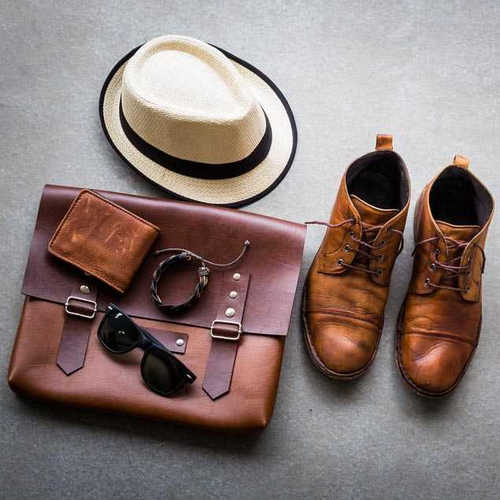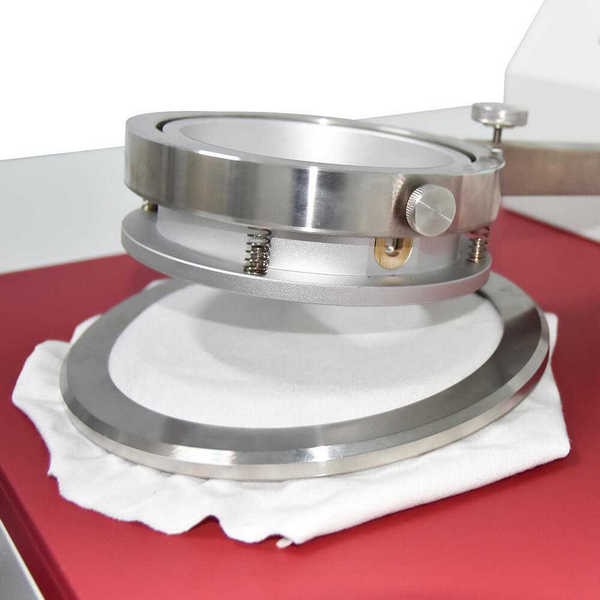How to perform Leather and Footwear Test?

Leather and footwear are essential items in everyday life, and testing their quality and functionality is an important means of ensuring consumer rights and product quality. In order to meet certain quality standards, these products need to be tested at all stages of production. This article will introduce how to conduct Leather and Footwear Test.
1. Leather Test
(1) Hand feeling test
The softness, elasticity, feel and other factors of leather will reflect its quality to a certain extent. Hand feel test needs to touch the leather with hands, feel its softness, elasticity, glossiness, temperature and other sensory reactions. Good leather should be soft, elastic, comfortable to the touch, no odor.

(2) friction test
This test is usually through the use of standard friction equipment to simulate some of the user's daily use of the environment behavior, such as pulling, wiping, scraping, etc., to test whether the material is wear-resistant, heat-resistant, weather-resistant, etc.
(3) Tensile test
Leather in the production process after the stretching process will have a certain impact on its quality and performance, so through the tensile test to test the strength of the material, elongation and other indicators. Commonly used tensile test methods are straight pull method, shear method, nail head stretching method, etc.
(4) water resistance test
Leather is a material with strong water absorption, especially for shipbuilding, shoemaking and other fields of leather products, its water resistance is very important. Water resistance test is usually leather samples in a certain depth of water or splash test, and the sample is weighed, rubbed and other tests to observe its water resistance performance.
2.Footwear testing
(1) Abrasion resistance test
The sole is the most worn part of the shoe, so it needs to be tested for abrasion resistance. This type of test usually uses a special testing device to simulate the friction between the sole and the ground and test the wear of the sole within a certain period of time. A good sole should have the characteristics of wear resistance and slip resistance.

(2) Wearing test
Since shoes are wearable items, their comfort and proper size are very important. Wear tests usually involve several different testers trying on the same shoe to assess its comfort level and proper size.
(3) Human dynamics testing
Human kinetic testing is usually divided into five areas, including functional assessment, human kinetic analysis, motor behavior assessment, pressure distribution analysis, and posture testing. These tests mainly measure human mechanical parameters and posture through body measurement instruments to assess the impact of shoes on human health.
In summary, conducting Leather and Footwear Test is a key step to ensure product quality, and how to conduct the test needs to be based on the specific product and use environment to choose the appropriate test method.
2023-04-10 11:30


